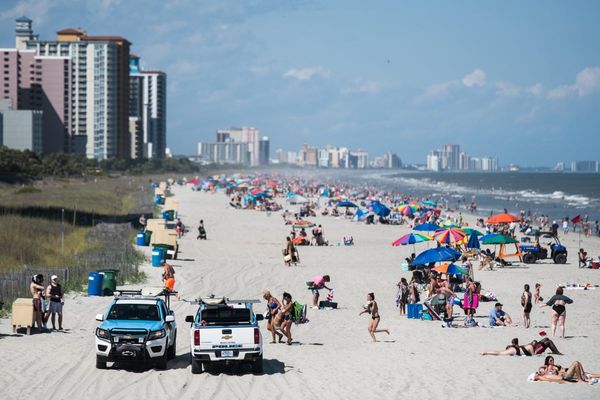
The royal family spent more than £1m on journeys by helicopter last year, and will take delivery of two new ones to replace those they have used for the past 15 years.
In total, royals made 170 helicopter journeys, costing a total of £1,096,300, official accounts reveal, with the total travel bill last year rising to £4.2m from £3.9m.
Aides have defended the amount of helicopter usage, which has drawn criticism over its environmental impact, because it gives royals flexibility and easier access to remote areas, as well as allowing for a greater number of engagements in a day. The royals are also increasingly using sustainable aviation fuel.
The two new AgustaWestland AW139s are considered a “key component” in enabling King Charles and the royal family to carry out their engagements, and will replace their Sikorsky helicopters later this year. Because of the cost of replacement, the aim will be to maximise usage and “sweat the assets”.
The most expensive travel was Charles and Queen Camilla’s visit to Kenya by charter flight in October, in addition to a related staff planning visit by scheduled flights, which came to a total of £166,557, the accounts reveal.
The king and queen’s three-day state visit by charter flight to France in September, with trips to Paris and Bordeaux, cost £117,942.
The royal train remained, mile for mile, the most expensive form of transport. It cost £53,013 for a two-day visit by Charles to North Yorkshire for engagements including the centenary of the Flying Scotsman. Aides argue the train mitigates security costs by providing secure overnight accommodation.
There are plans to review its usage, with Charles only using it once last year. However, as last year was not considered a “normal” one, partly because of the king’s health, a review will be conducted once a more regular pattern of use emerges.
Other sustainability measures include the king’s state Bentleys being converted to run on biofuel within the next year, with a view to switching to a fleet of electric cars in the future, while solar panels have been introduced to Windsor Castle for the first time. The palace expects to increase the number of solar panels and look at introducing air-source heat pumps across the residential estate in years to come.
Gas lanterns at the palace, which were switched off during the recent energy crisis as a cost-saving measure, are being repurposed with specially designed electrical fittings to improve their energy efficiency while also preserving their historical look and glow.
Of Buckingham Palace’s 523 staff, 11.4% were from minority ethnic backgrounds, compared with 9.7% last year, and 53% were female.
At Kensington Palace, where the Prince and Princess of Wales employ 66 staff, up from 50 last year, the gender balance was 67% female to 33% male, with 14% of staff from a minority ethnic background.







